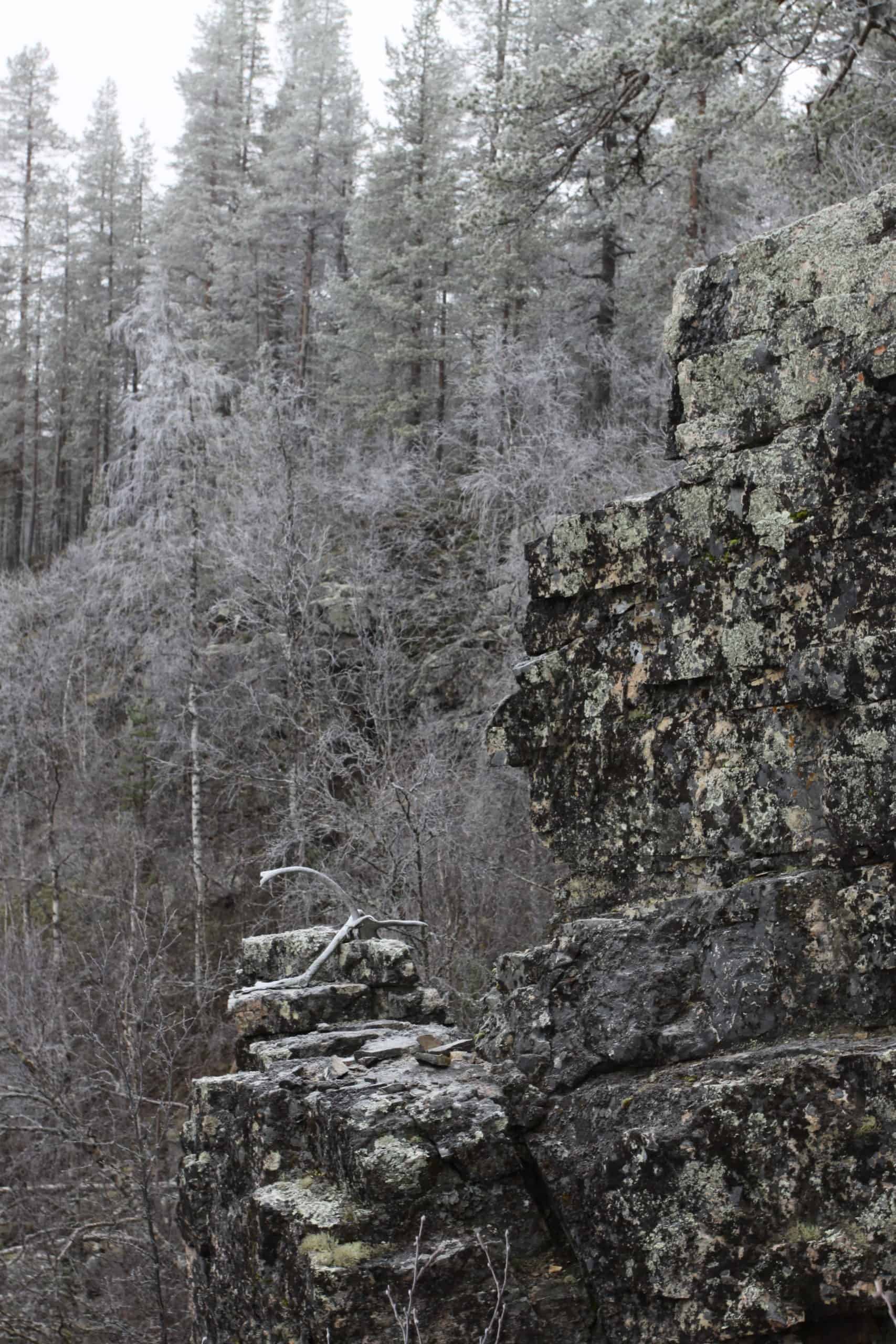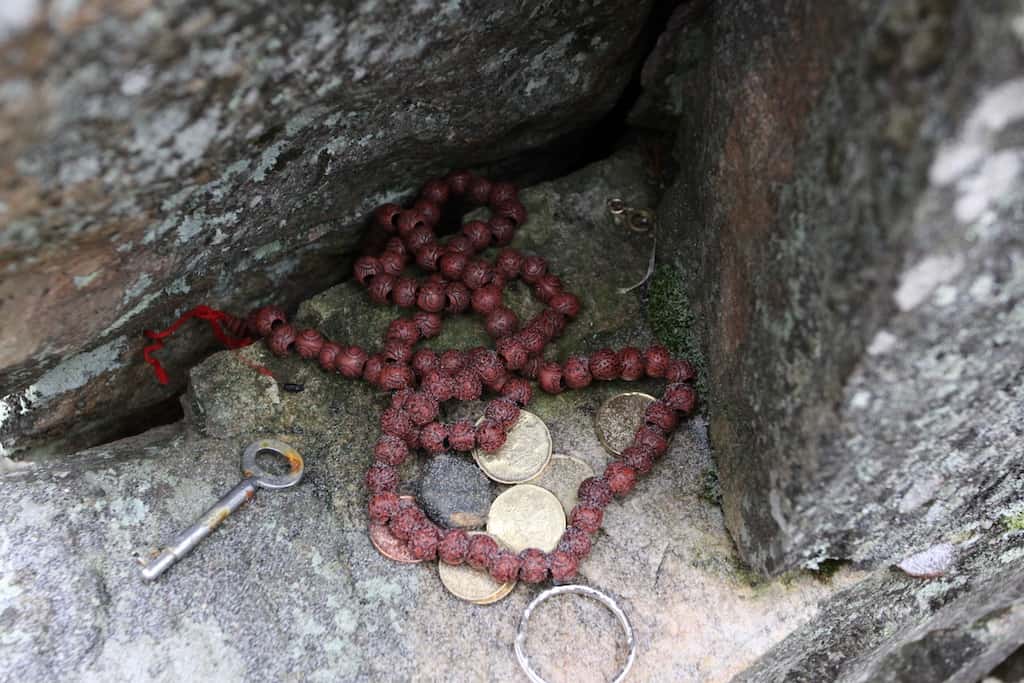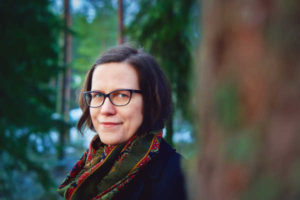The Sieidi
New rituals and (re)interpretations of the old ones at Sámi offering places and in museums
Recent years have witnessed a growing use of Sámi offering sites by various actors, for example tourists, the local population, and practitioners of Modern Paganism. Hence, sites that the heritage authorities and researchers have seen as belonging to the past have gained new relevance. In the photograph, we can see only some of the various contemporary offerings left at the sieidi of Taatsi in Kittilä, Finland in the 2010s. While coins are typical deposits at several touristic attractions, a necklace and a key might point to a more personal connection to the site. Offerings made of natural materials such as the birchbark in the photo might find their counterparts in contemporary Pagan practices.
Despite the contemporary meanings of Sámi religion demonstrated for example by the recent offerings at the sieidi, Sámi religion is often presented in museums in relation to history and prehistory.
As a scholar of the archaeology of religion, I have studied how the contemporary use of Sámi sacred places is expressed through material culture. In the project, I analysed whether this contemporary religious context is evident in museums and exhibitions in Northern Finland. How is Sámi religion presented and what kind of themes are present? What kind of image of Sámi religion do they produce? Despite the contemporary meanings of Sámi religion demonstrated for example by the recent offerings at the sieidi, Sámi religion is often presented in museums in relation to history and prehistory. Hence when Sámi religion is exhibited in museums through the use of archaeological and ethnographic artefacts, it easily becomes relegated to the past. There are nevertheless also examples where an interplay between the past and the present takes a visible form in museums. One example is when museum visitors can interact with objects, such as replicas of Sámi drums or hearth models. Another example is when contemporary meanings of objects and contemporary spirituality are presented, usually in temporary exhibitions such as the exhibition “Gaovdásiid Eadni” (Mother of Drums) held in Siida in the summer of 2010. Objects can also obtain new meanings in museum shops. Even though the commercialization of sacredness requires ethical considerations, it can also be a novel way of achieving spiritual engagement.
Photo 1: Anssi Malinen. Photo 2, 3: Tiina Äikäs




